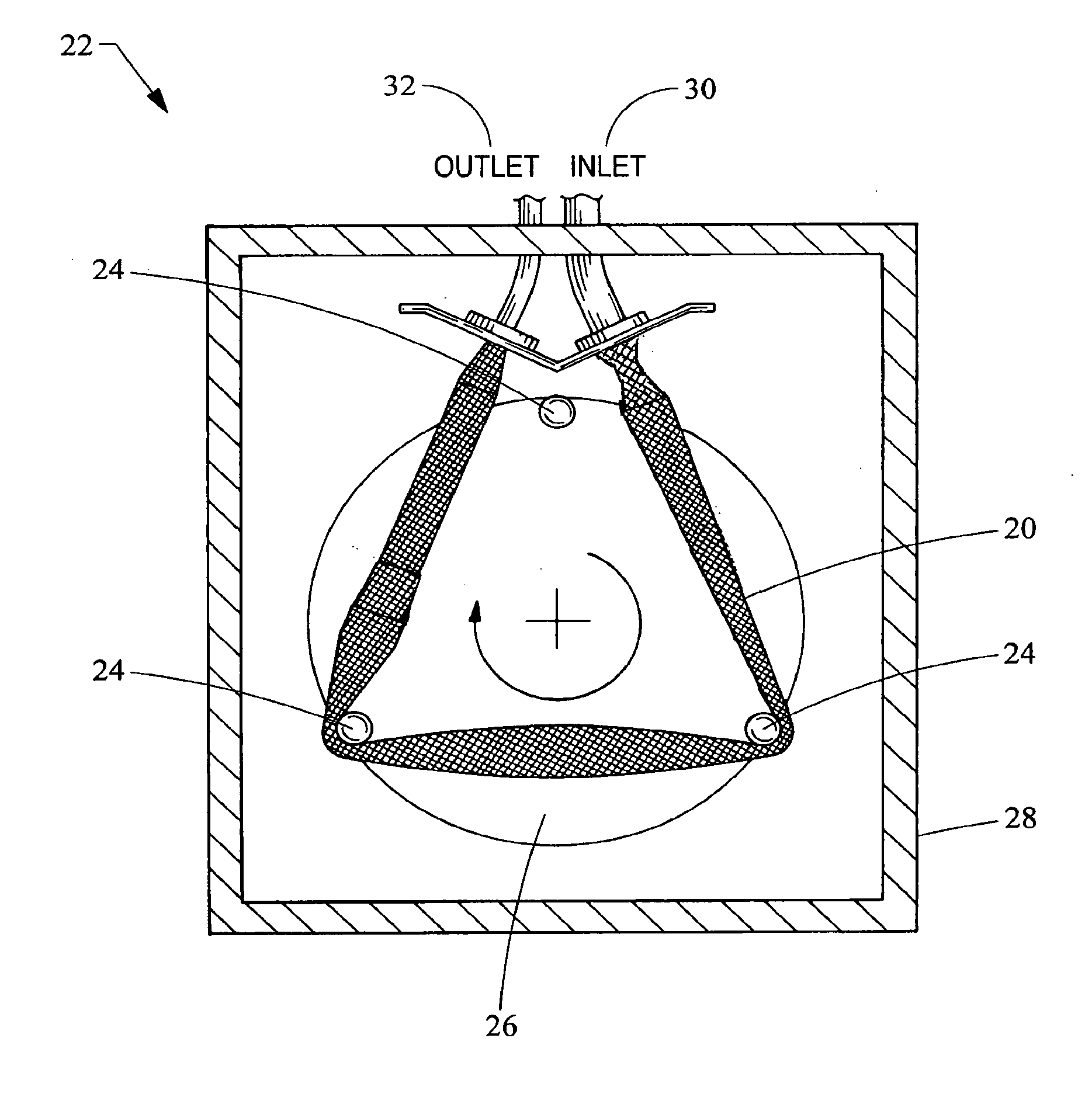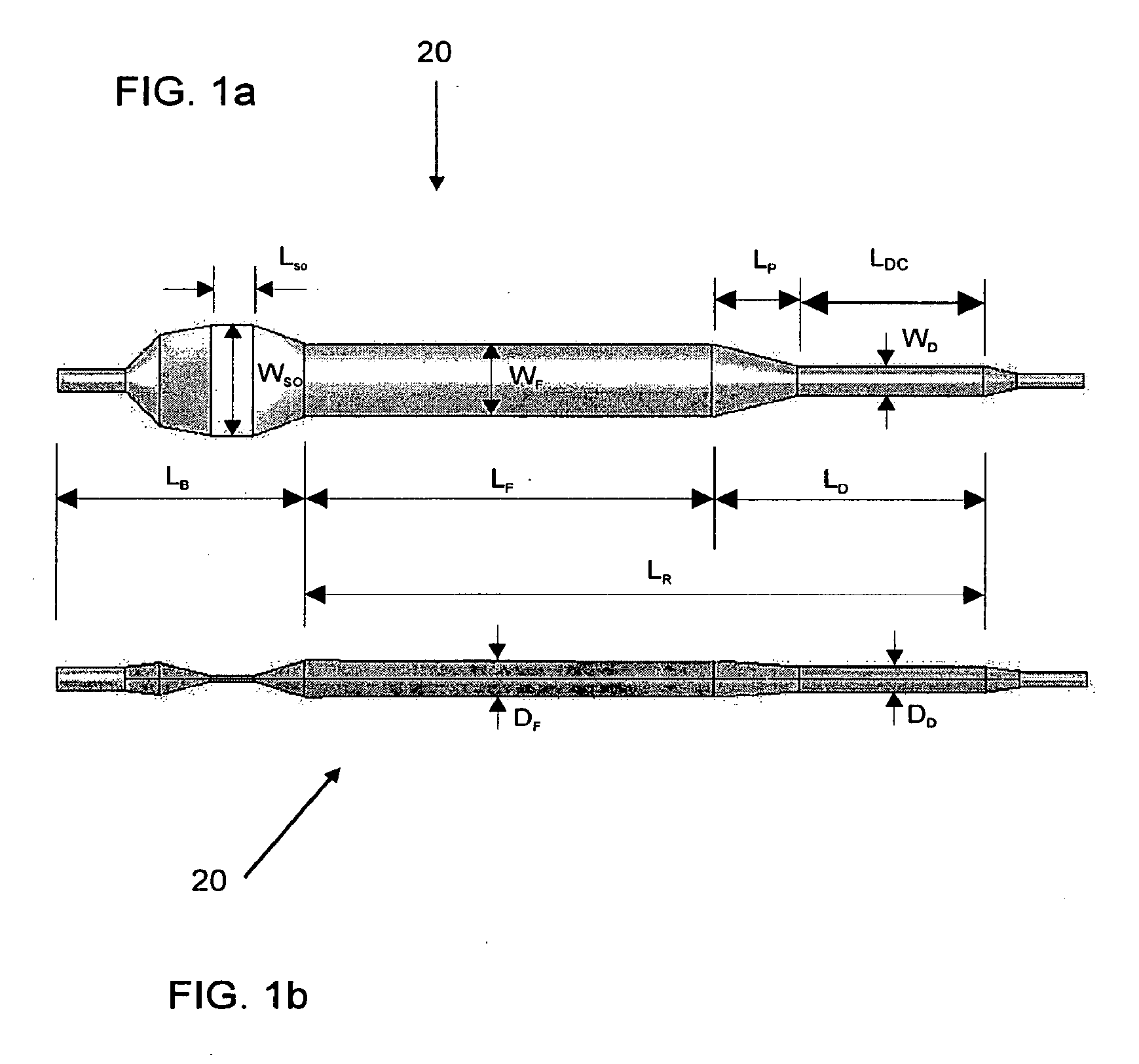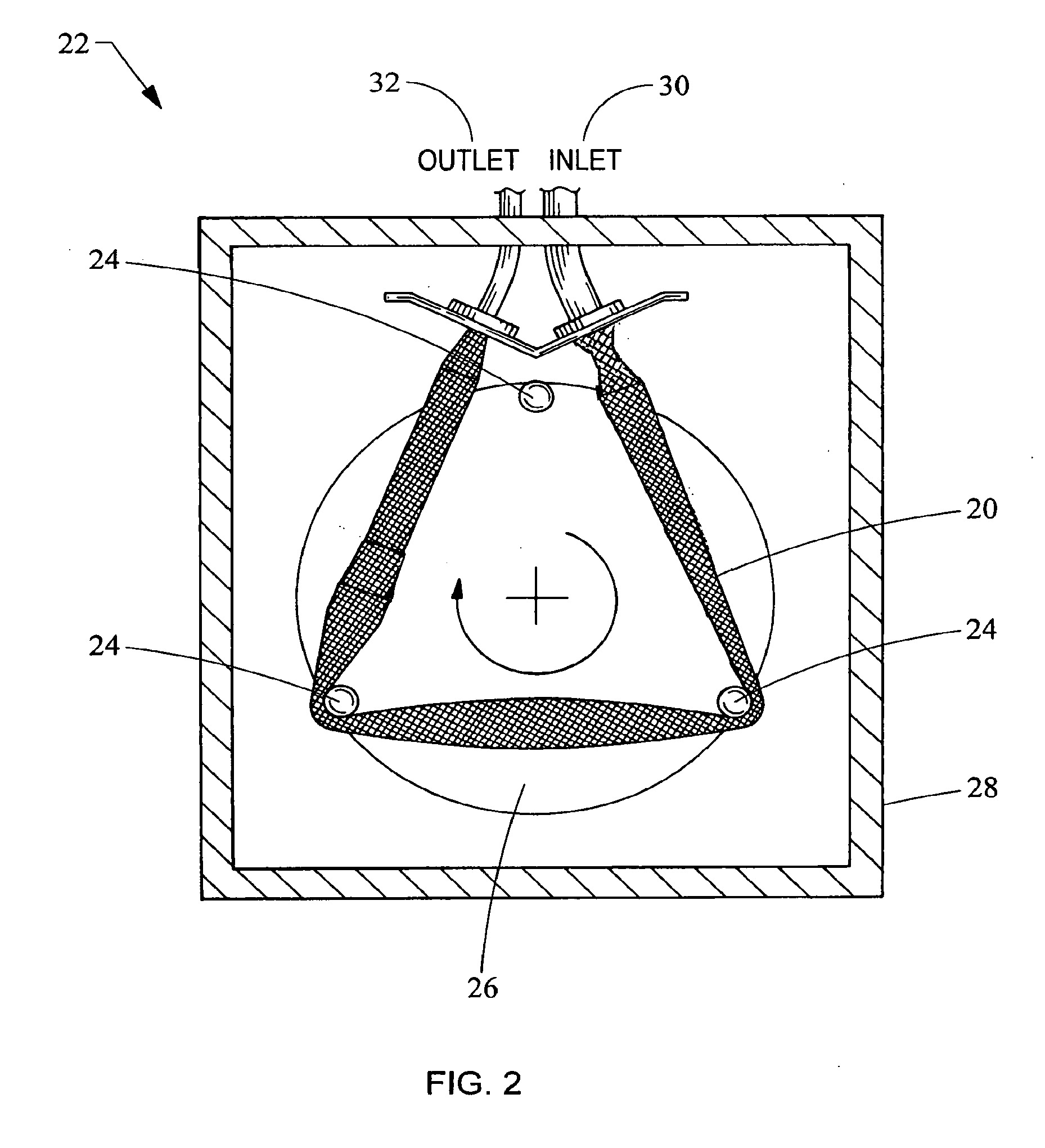Pulsatile rotary ventricular pump
a rotary ventricular pump and pulsatile technology, applied in the direction of pump components, positive displacement liquid engines, liquid fuel engine components, etc., can solve the problems of affecting patient morbidity, reducing mortality rates associated with pediatric cardiopulmonary bypass procedures, and affecting patient morbidity
- Summary
- Abstract
- Description
- Claims
- Application Information
AI Technical Summary
Benefits of technology
Problems solved by technology
Method used
Image
Examples
Embodiment Construction
[0026]The following description is merely exemplary in nature and is in no way intended to limit the invention, its application, or uses.
[0027]According to the present invention, a pulsatile rotary ventricular pump (PRVP) is provided as a significant advancement of pump technology, one also capable of addressing performance requirements unique to pediatric surgery. In particular, the innovative advances of the present invention in the chamber design create a pulsatile flow profile (see FIG. 4) that it is anticipated will assist in recovery from deep hypothermic cardiac arrest, a common surgical technique in pediatric patients. The present invention is capable of creating pressure and flow profiles that approximate the pressure and flow profiles created by a human heart. Also, the chamber design and the specification of roller contact on the chamber will allow very fine control at low flows, which is critical in cerebral perfusion of neonates and which cannot be safely delivered by p...
PUM
 Login to View More
Login to View More Abstract
Description
Claims
Application Information
 Login to View More
Login to View More - R&D
- Intellectual Property
- Life Sciences
- Materials
- Tech Scout
- Unparalleled Data Quality
- Higher Quality Content
- 60% Fewer Hallucinations
Browse by: Latest US Patents, China's latest patents, Technical Efficacy Thesaurus, Application Domain, Technology Topic, Popular Technical Reports.
© 2025 PatSnap. All rights reserved.Legal|Privacy policy|Modern Slavery Act Transparency Statement|Sitemap|About US| Contact US: help@patsnap.com



